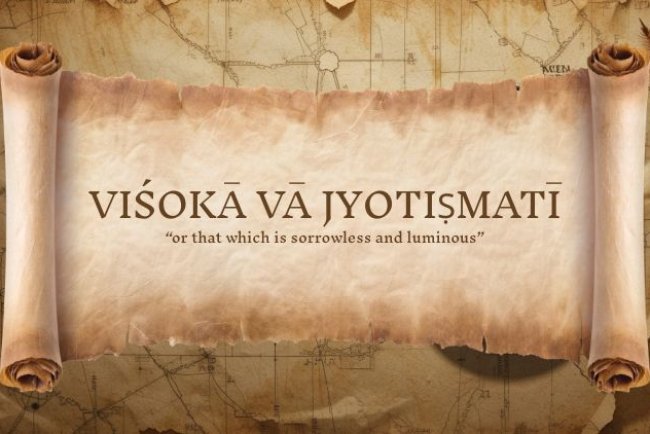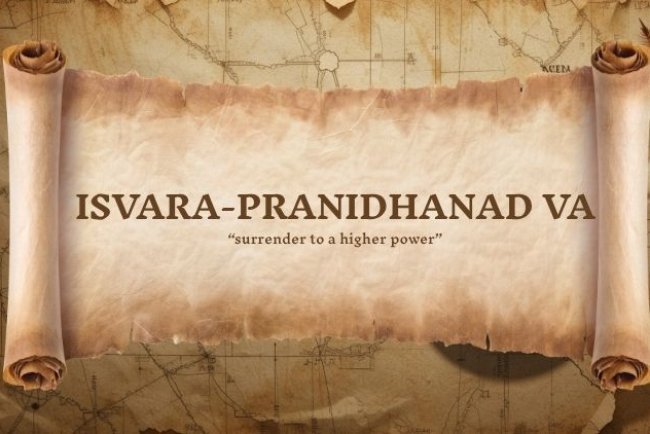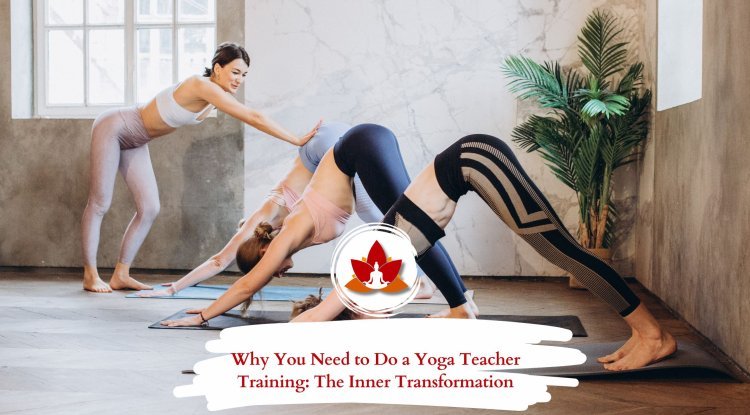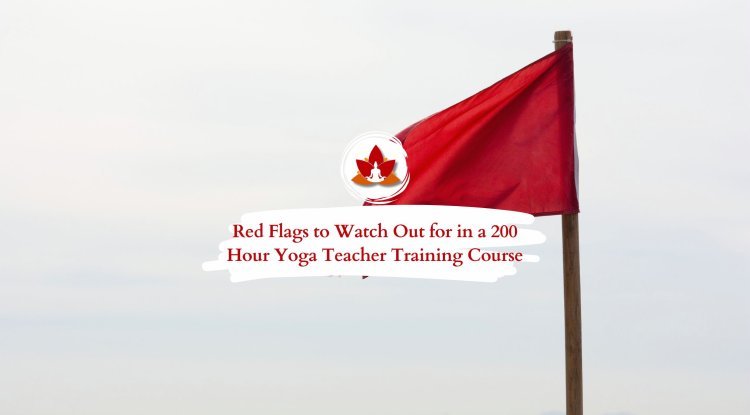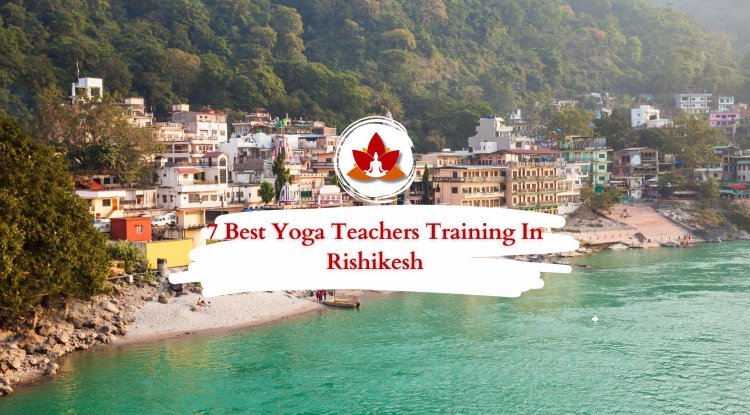Yoga Sutra 1.11 — Anu Bhuta Visaya Asampramosah Smrtih

Memory is the quiet bridge between past and present, always shaping how we see the world. In Yoga Sutra 1.11, Patanjali invites us to notice memory—not as a perfect photograph of what happened, but as a living imprint that colors our current perception.
Every experience leaves a trace: a conversation, a fragrance, a smile from childhood, or even a painful disappointment. These impressions don’t simply disappear; memory holds them just beneath the surface of our awareness. Without memory, we could not learn, grow, or even recognize familiar faces. Yet when memory dominates, we risk dwelling in the past instead of living in the present.
Patañjali defines memory as “Anu bhuta visaya asampramosah smrtih”—the vṛtti (mental modification) that retains what has been experienced without letting it fully fade away. This subtle vṛtti can support our evolution by preserving wisdom from the past, or it can entangle us in illusions and attachments if left unchecked.
Word for Word Translation
Sanskrit: अनुभूतविषयासंप्रमोषः स्मृतिः
Transliteration: anu bhuta visaya asampramosah smrtih
-
anu bhuta – what has been experienced
-
visaya – objects, contents, fields of perception
-
asaṁpramosah – retention, not allowing to escape or vanish
-
smrtih – memory, recollection
Meaning:
Memory is the vrtti that retains impressions of what has been experienced, preventing them from disappearing completely.
Ancient & Modern Interpretations
Vyasa’s Classical Commentary
Vyasa, the earliest and most respected commentator on the Yoga Sutras, explains that memory arises from the lingering imprints (samskaras) of past experiences, ready to resurface when triggered. Memory may recall the object itself, the act of knowing it, or both. It can even become the foundation for dreams, where the mind weaves entire worlds out of stored impressions.
Vyasa emphasizes that memory holds great power—shaping perception, guiding choices, and influencing behavior. The stronger the memory, the greater its influence over our present actions.
Swami Vivekananda’s View
Swami Vivekananda likened memory to ripples on the lake of the mind. When a word, sound, or impression touches its surface, waves spread out. Later, memories bring these same ripples back again—mere echoes of the original event. They make us feel as though we are re-living the past, yet what arises is not the thing itself, only its shadow.
Osho’s Interpretation
Osho warned that memory can often cloud the freshness of the present. “If the past is constantly present, it prevents the present from existing,” he observed. Memory can be a teacher, helping us grow, but it can also become a prison that chains us to old patterns. True freedom, he said, lies in using memory consciously—without letting memory use us.
Contemporary Scholars
Modern yoga scholars such as I.K. Taimni and Georg Feuerstein highlight that memory is neither inherently good nor bad. It is essential for learning, creativity, and survival. But when clung to, memory turns into a chain—binding us to cycles of regret, anxiety, or craving.
The Double-Edged Nature of Memory
Memory is a paradox—essential yet potentially limiting. Without it, we could not master new skills, recognize the face of a loved one, or progress in our yoga practice. But when memory begins to dominate our awareness, it traps us in vikalpa—a reality shaped by past impressions rather than fresh insights.
For example:
-
A child bitten by a dog may grow into an adult who fears all dogs, even gentle ones.
-
A student who once failed an exam might continue to doubt future opportunities, overshadowing their potential.
At the same time, memory can be a profound ally. It allows us to retain yoga practices, recall Sanskrit mantras, and steadily deepen our meditation.
The challenge is not memory itself, but our identification with memory. When we cling to it, we lose touch with the present. When we use it wisely, it becomes a stepping stone for growth and wisdom.
How Memory Shapes Our Practice
During meditation, memory often shows up as mental chatter—yesterday’s conversation replaying in your mind, a song looping endlessly, or the resurfacing of an old emotional scar. These echoes are natural. But if we chase them endlessly, we drift away from silence.
Patañjali lists memory as one of the five vrttis—the mental modifications that color our awareness. To progress in yoga, we are asked not to suppress these fluctuations, but to gently calm them through awareness.
This is where abhyasa (steady practice) and vairagya (detachment) become essential. Together, they teach us to witness memories as fleeting impressions, letting them pass like ripples dissolving on a still pond—without clinging, without resistance.
Application of Sutra 1.11 in Daily Life
On and off the mat, you can integrate the wisdom of this sutra in the following ways:
-
Conscious Memory Awareness
When a memory arises, pause and ask yourself: Does this help me see life more clearly, or does it cloud my vision? Awareness gives you the power to release memories that no longer serve your growth. -
Breath Awareness
During practice, whenever the mind drifts into recollection, gently guide it back to the breath. Each inhale and exhale reminds you of the present moment—fresh, vibrant, and unburdened by the past. -
Memory in Asana Practice
We often bring old stories to the mat: “I’m not flexible” or “I always fall in balancing poses.” Recognize these as memories, not facts. Each practice is new, free from yesterday’s limitations. -
Journaling
Recurring memories—especially difficult ones—lose their hidden grip when written down. Putting them on paper externalizes them, reducing their power to unconsciously shape perception. -
Compassion for the Former Self
Memories are often tinged with self-judgment. By offering kindness to your past self, you loosen memory’s hold. The aim of yoga is not to erase memory, but to transform your relationship with it.
The Liberation in Working with Memory
Memory loosens its grip when we bring it into clear awareness. Instead of being bound by it, we can transform it into an ally.
-
Fresh Perception: When the filters of the past dissolve, the present moment reveals its natural vibrancy.
-
Emotional Freedom: Our choices are no longer dictated by old wounds or unresolved traumas.
-
Wisdom: Memory evolves into a gentle teacher—guiding without clouding our awareness.
-
Integration: We meet the present with openness, carrying forward the lessons of the past without being weighed down by them.
Yoga Sutra 1.11 reminds us that memory is not the enemy—it is a tool. When carried lightly, it becomes a stepping stone on the path to liberation.
Final Reflection
Patanjali teaches that memory is not to be erased or clung to, but to be understood, respected, and transcended. Memories are like footprints in the sand—traces of where we have been. Yoga invites us to honor them while continuing to walk forward, feeling the earth beneath our feet here and now, fully alive in the present.
What's Your Reaction?









